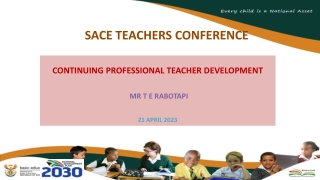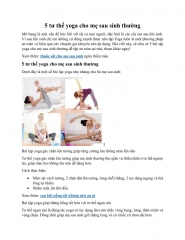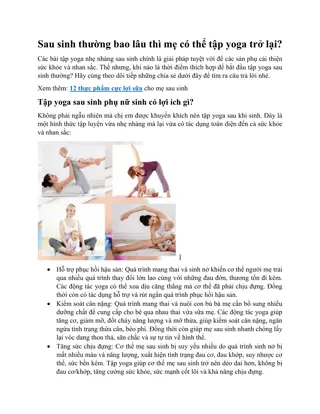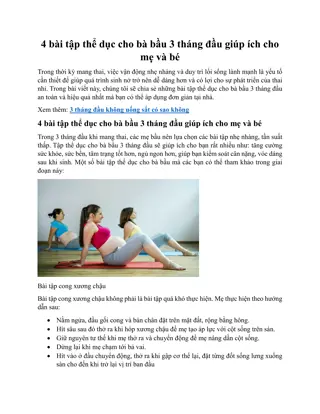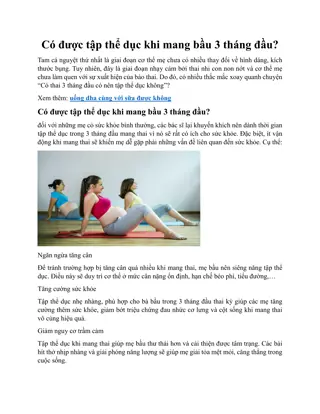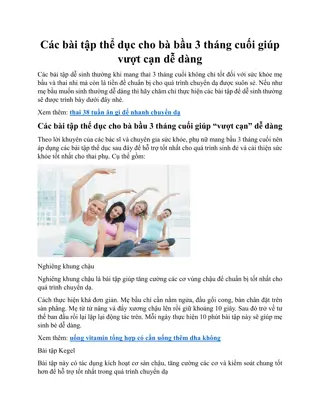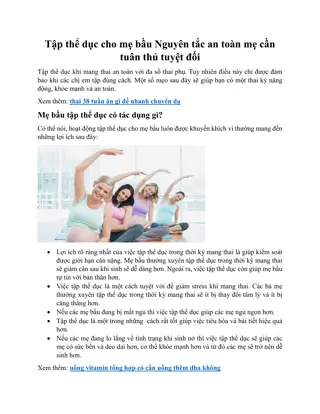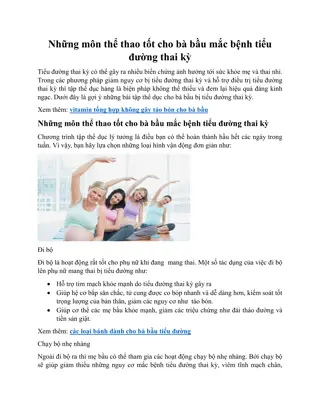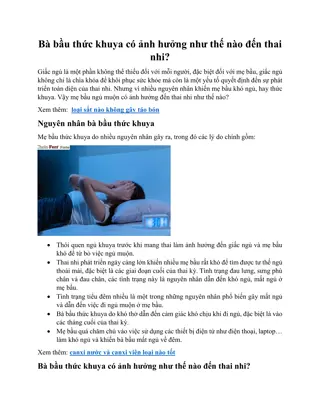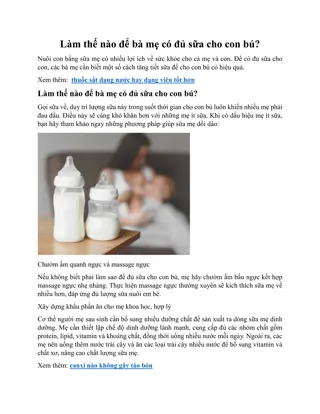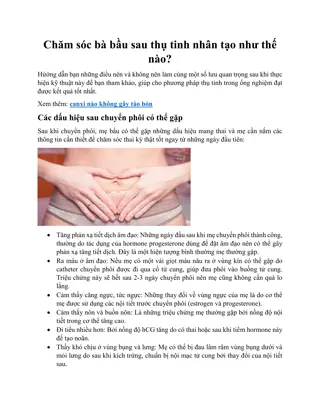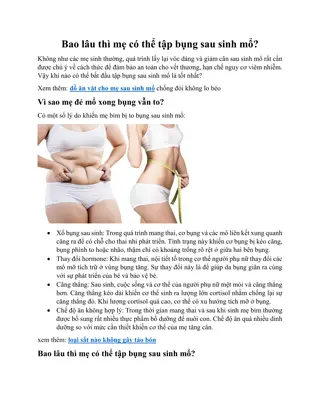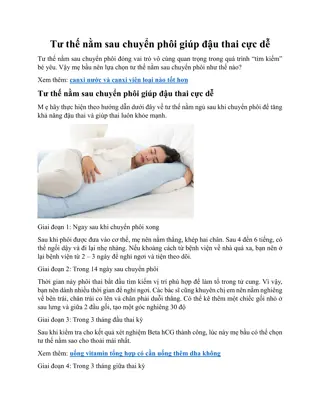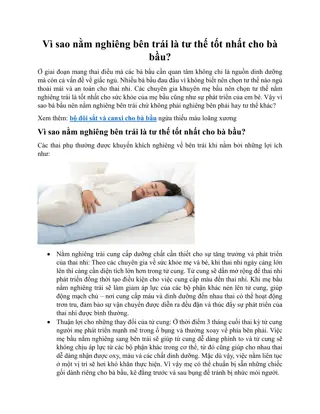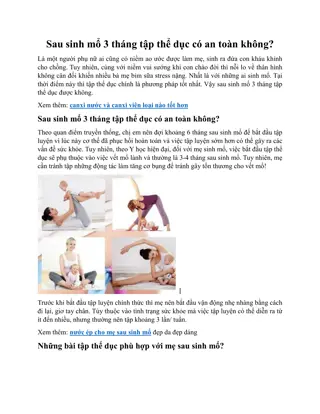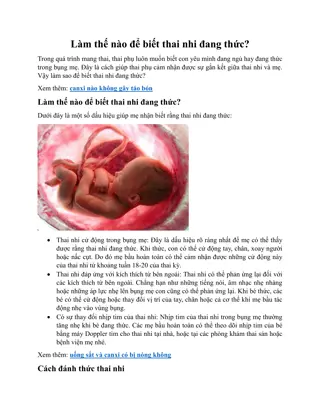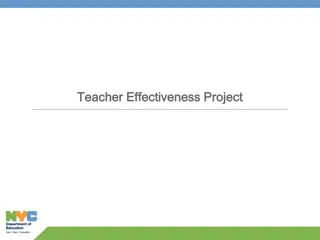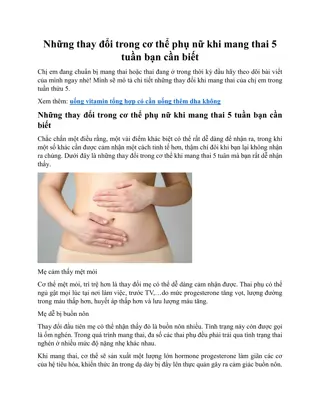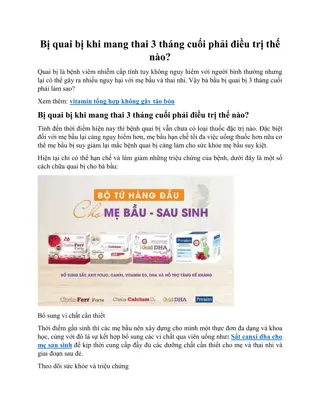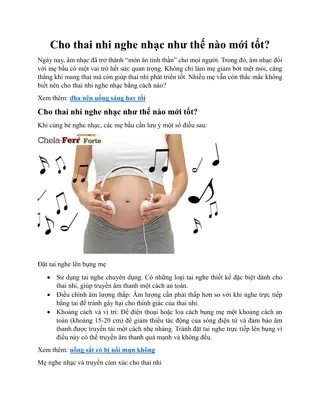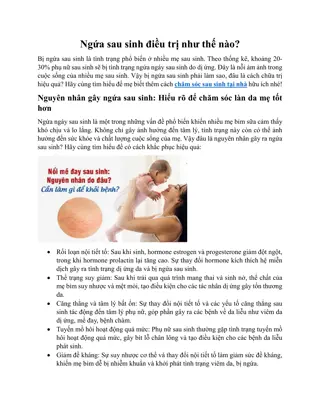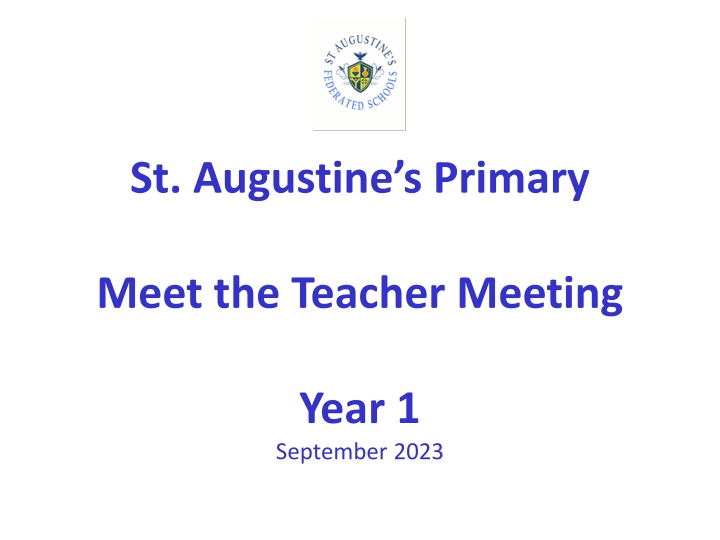
Meet the Teacher and School Day Routines at St. Augustine's Primary
Dive into the details of the Meet the Teacher event for Year 1 at St. Augustine's Primary in September 2023. Get to know the teaching team, support staff, school day schedule, routines, expectations, and school values. Explore a comprehensive guide for parents and students.
Download Presentation

Please find below an Image/Link to download the presentation.
The content on the website is provided AS IS for your information and personal use only. It may not be sold, licensed, or shared on other websites without obtaining consent from the author. If you encounter any issues during the download, it is possible that the publisher has removed the file from their server.
You are allowed to download the files provided on this website for personal or commercial use, subject to the condition that they are used lawfully. All files are the property of their respective owners.
The content on the website is provided AS IS for your information and personal use only. It may not be sold, licensed, or shared on other websites without obtaining consent from the author.
E N D
Presentation Transcript
St. Augustines Primary Meet the Teacher Meeting Year 1 September 2023
The Teaching Team Class teacher: Miss Olivia Ludolf Classroom support: TA - Mrs Heroida Mahmutaj (Monday Thursday) LSA Ms Rashida Extra Support (afternoon only): Ms Major (Monday and Thursday) Ms Monica (Monday) Ms Roda (Wednesday)
Support Phase Leader: Mrs Toussaint (Year 3 teacher) Inclusion/SEND: Catrin Cunnington
The school day 8:45am 9:00am 9:10am 10:45am 12:00noon 1:00pm 3:30pm 3:45pm 4:45pm Gates open Soft Start Morning register Collective worship Morning break Lunch break Afternoon register School day ends After-school clubs start After-school clubs end
Routines Soft start - 8:45 handwriting, recap learning, phonics interventions Lunch - 12:00 12:55 End of the day - 3.30pm - children must tell an adult before leaving the school.
Expectations Attendance Punctuality School and class rules Responsibilities Rewards Sanctions Healthy school packed lunches and nut free/ kiwi free policy
Expectations Class Dojos Children are awarded Class Dojos in class for showing our school values Wonderful Work and Shining Stars A certificate is given out weekly by the Headteacher to celebrate an individual's contribution
Expectations Traffic Light System A class traffic light system is in place in classrooms for when children are not following the rules. All children start on green at the beginning of each day Moving to red will result in a 5-minute think time in class If the child continues to not follow the rules then it will result in a 15-minute think time, which parents will be informed of If the child receives 3 think sheets within a term, parents will be called for a meeting to discuss next steps to support you child
School Values Friendship Respect Wisdom Inclusion Honesty Courage To be the best that we can be in faith, hope and love so that we may live life in all its fullness.
Our Golden Rules St. Augustine s CE Primary We treat others as we would like to be treated and always show respect. We focus, persevere and always do our best. We are kind and caring and we include everyone. We take care of school equipment and everybody s property. We move around school quietly and sensibly.
Year 1 Geography Curriculum Aut um n 2 Autumn 1 Spring 1 S p ri n g 2 Summer 1 Su m m er 2 Geography Long Term Plan Year 1 What is it like here? What is the weather like in the UK? What is it like to live in Shanghai? Locating where they live on an aerial photograph, children recognise local features. They create maps using classroom objects before drawing simple maps of the school grounds. Pupils use maps to follow simple routes around the school grounds and carry out an enquiry about how to improve their playground. Studying the countries and cities that make up the UK, children discuss the four seasons and their associated weather. They consider how we change our behaviour in response to different weather and keep a weather diary or record. Finally, children investigate the UK s hot and cold places using weather maps with a simple key. Using a world map, children start recognising continents, oceans and countries outside the UK with a focus on China. They identify physical features of Shanghai using aerial photographs and maps before identifying human features, through exploring land-use. Pupils then compare these features to those in the local area and make a simple map using data they have collected through fieldwork. 1. To locate the school on an aerial photograph To create a map of the classroom To locate key features of the playground 4. To draw a simple map To investigate how we feel about our playground To create a design to improve our playground 1. 2. To locate the four countries of the UK To identify seasonal changes in the UK 3. To identify the four compass directions To investigate daily weather patterns To identify daily weather patterns in the UK 6. To understand how the weather changes with each season 1. To recognise physical and human features 2. To draw a sketch map To name and locate some continents on a world map To identify physical and human features of a non-European country To describe what it is like in Shanghai To compare Shanghai to a small area of the UK 2. 3. 4. 5. 3. 5. 4. 6. 5. 6.
Year 1 History Curriculum Autumn 2 Au tu m n 1 Spri ng 1 Spring 2 Su m m er 1 Summer 2 Histor y Long Term Plan Year 1 Celebrations Toys Transport What do we celebrate throughout the year? How have toys changed? How has transport changed? Pupils will learn about celebrations that happen due to something occurring in the past. They will sequence significant events that have occurred during their time in Reception and will look at the historical significance of the Gunpowder Plot. Pupils compare how toys in the past have changed by looking at the Victorian period and the introduction of electricity. Pupils will gain an understanding of how transport has changed over time with a focus on the railway system. They will investigate the creation of local rail stations and the underground tube system. 1. To find out about toys in living memory To find out about toys in the Victorian period To find out about the introduction of plastic To find out about how toy cars have changed over time To place toys in chronological order To recognise some ways in which toys have changed over time 1. To know about transport in the Victorian period To recognise similarities and differences between the past and the present To know about the introduction of trains To know the significant event of the introduction of the tube system Transport Museum Class Trip To sequence events related to the introduction of the tube station 1. To sequence celebrations that occur throughout the school year To recognise how life was different when Guy Fawkes was alive To identify reasons why the Gunpowder Plot occurred To sequence the events of the Gunpowder Plot To act out the events of the Gunpowder Plot, including the fate of the plotters To understand how and why the Gunpowder Plot is remembered 2. 2. 2. 3. 3. 4. 3. 4. 5. 6. 4. 5. 5. 6. 6.
Year 1 Art and Design Curriculum Autumn 1 Autumn 2 Spring 1 Spring 2 Summer 1 Summer 2 Additional Lessons Art and Design Long Term Plan Year 1 Drawing: Make your mark (5 lessons) Developing observational drawing skills when exploring mark-making. Children use a range of tools, investigating how texture can be created in drawings. They apply their skills to a collaborative piece using music as a stimulus and investigate artists Bridget Riley and Zaria Forman. 1. To know how to create different types of lines 2. To explore line and mark- making to draw water 3. To draw with different media 4. To develop an understanding of mark making 5. To apply an understanding of drawing materials and mark- making to draw from observation Painting and mixed media: Colour splash (5 lessons) Exploring colour mixing through paint play, children use a range of tools and work on different surfaces. They create paintings inspired by Clarice Cliff and Jasper Johns. 1. To investigate how to mix secondary colours 2. To apply knowledge of colour mixing when painting 3. To explore colour when painting 4. To experiment with paint mixing to make a range of secondary colours 5. To apply their painting skills when working in the style of an Sculpture and 3D: Paper play (5 lessons) Creating simple three-dimensional shapes and structures using familiar materials, children develop skills in manipulating paper and card. They fold, roll and scrunch materials to make their own sculpture. There are opportunities to extend learning to make a collaborative sculptural piece based on the art of Louise Bourgeois. 1. To roll paper to make 3D structures 2. To shape paper to make a 3D drawing 3. To apply paper-shaping skills to make an imaginative sculpture 4. To work collaboratively to plan and create a sculpture 5. To apply painting skills when working in 3D Craft: Woven wonders (Lesson 1, 2 and/or 3) artist
Year 1 Design and Technology Curriculum Autumn 2 Spring 1 Autumn 1 Spring 2 Summer 1 Summer 2 Additional Lessons Desig n and Techn ology Long Term Plan Year 1 Structures: Constructing a windmill (4 lessons) Designing, decorating and building a windmill for their mouse client to live in, developing an understanding of different types of wind mill, how they work and their key features. 1. To include individual preferences and requirements in my design 2. To make a stable structure 3. To assembly the components of my structure 4. To evaluate my project and adapt my design Textiles: Puppets (4 lessons) Cooking and Nutrition: Fruit and vegetables (4 lessons) Handling and exploring fruits and vegetables and learning how to identify which category they fall into, before undertaking taste testing to establish their chosen ingredients for the smoothie they will make a design packaging for. 1. To identify if a food is a fruit or a vegetable 2. To identify where plants grow and which parts we Mechanisms : Making a moving story book (Lesson 1) Exploring different ways of joining fabrics before creating their own hand puppets based upon characters from a well-known fairy tale. Children work to develop their technical skills of cutting, gluing, stapling and pinning. 1. To join fabrics together using different methods 2. To use a template to create my design 3. To join two fabrics together accurately 4. To embellish my design using joining methods eat 3. To taste and compare fruit and vegetables To make a fruit and vegetable smoothie 4.
Key Objectives Maths Shape and patterns Numbers to 100 and beyond Addition and subtraction Telling the time Fractions Measurements; lengths, mass, capacity and volume Money Multiplication and division
Key Objectives Writing Write with capital letters, full stops, question marks and exclamation marks to demarcate sentences. Sequencing sentences to form short narratives. Re-reading what they have written to check that it makes sense. Spell words containing each of the 40+ phonemes already taught (phonetically plausible).
Key Objectives Phonics At St. Augustine s we use the Letters and Sounds Little Wandle scheme of work to teach the children how to read and write. Read accurately by blending sounds in unfamiliar words containing Grapheme-Phoneme Correspondences (GPCs) that have been taught. Read tricky words, noting unusual correspondences between spelling and sound and where these occur in the word. https://www.littlewandlelettersandsounds.org.uk/resources/my-letters-and- sounds/ Reading Develop pleasure in reading, becoming very familiar with key stories, fairy stories and traditional tales, retelling them and considering their particular characteristics Understand books by checking that the text makes sense to them as they read and correcting inaccurate reading
A School That Loves Reading Expectations ANd9GcQc_-LvKKfRHUSixgWWX8BoC9tM_FPGa8cprApdveD06kBpC4jm Home-School Reading Class Library School Library
Home-School Reading and Homework Book Bags Need to come to school every day with your child s reading record and school story/reading books. Expectation To be reading at home for 10-15 minutes a day Books 2 fully decodable Big Cat Books 1 or 2 book corner books Children will change their books once a week (every Friday). Home-School Reading diary Please listen to your child reading, or ensure that your child reads every day. Please log the book read daily in their Reading Record and write a comment weekly.
Homework Reading: minimum of 10-15 minutes a day Phonics/Spelling/English and maths homework will be given out on Friday, to be returned the following Wednesday. Some homework will feed directly into the children s class work, so must be completed on time. Home Learning Projects: at least once a term, there will be a longer piece of work involving research on an area associated with the topic, or with a whole school focus. Children will be given 2 or 3 weeks to plan and complete their project.
Physical Education PE lessons Tuesday and Thursday PE kit: The children need to wear their PE kits into school on both days and will wear them home. For the PE kit, they will need: Navy blue tracksuit bottoms (no stripes) or shorts (for summer term), White polo shirt Navy blue round neck jumper (only school logo allowed) White or grey socks All black trainers
Communication Day-to-day Parentmail School newsletter (fortnightly) Website Half termly class newsletter Parents Meetings
Trips Volunteers Voluntary Payments Coming up this term Forest School More information will be given closer to the time about further class trips
Equipment Medical equipment (if required, tell teacher) Book Bag A filled water bottle PE Kit wear to school on PE days Lunch boxes (healthy, nut and kiwifree policy) A filled water bottle Coat for wet play days Please check all items are named.
School uniform White polo shirt Navy blue V neck jumper or cardigan Dark grey trousers, skirt or pinafore dress White or grey socks All black shoes/trainers (no logos) School bookbag or backpack The only jewellery that children are allowed to wear to school are stud earrings if they have pierced ears. Necklaces and bracelets are not allowed.
Extra Interventions Birthday celebrations (no sweets or cakes) donate a book to the class
Accidents Please tell us about any accidents your child has had outside of school, especially if they have left a mark. We will inform you at the end of the day if your child has had an accident and injured themselves. If the injury is on the head, the office will phone you to inform you of what has happened. Image result for first aid
Concerns and Meetings Complaints procedure (see Complaints Policy on our website) If you would like to discuss something with me, please contact the office to make an appointment If you have any concerns please come to me If these concerns have not been addressed, please then request a meeting with the phase leader

